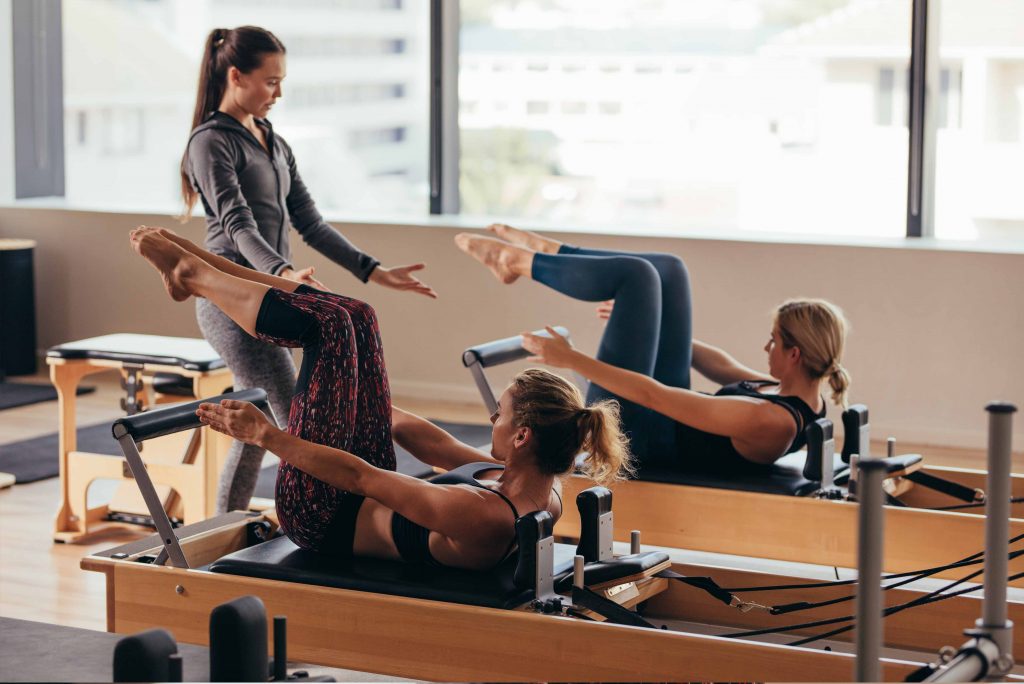Hey there, fellow back pain warrior! If you’re dealing with lumbar spondylosis, you know just how frustrating it can be to find relief. But fear not, because we’re about to explore a game-changer in the world of back pain management: Pilates.

What is Pilates?
First things first, let’s talk about what Pilates actually is. Pilates is a form of exercise that focuses on strengthening the body’s core muscles, improving flexibility, and enhancing overall body awareness. It was developed by Joseph Pilates in the early 20th century and has since gained popularity for its ability to improve posture, alleviate back pain, and enhance overall physical well-being.
How Pilates Can Help with Lumbar Spondylosis
Now, you might be wondering how exactly Pilates can help with your lumbar spondylosis. Well, here are a few ways:
1. Strengthening Core Muscles
Pilates targets the deep muscles of the core, including the abdominals, obliques, and lower back muscles. By strengthening these muscles, Pilates helps provide greater support to the spine, reducing strain and pressure on the lumbar region.
2. Improving Flexibility
Lumbar spondylosis often comes with stiffness and reduced flexibility in the spine. Pilates incorporates dynamic movements and stretches that can help improve flexibility in the spine and surrounding muscles, relieving tension and discomfort.
3. Enhancing Posture
Poor posture is a common contributing factor to lumbar spondylosis. Pilates focuses on proper alignment and body awareness, helping you develop better posture habits both during exercise and in everyday life.
4. Gentle on the Joints
Unlike high-impact exercises, Pilates is gentle on the joints, making it suitable for individuals with back pain or other musculoskeletal issues. The controlled movements and low-impact nature of Pilates exercises minimize stress on the spine while still providing an effective workout.
Tips for Starting Pilates with Lumbar Spondylosis
Ready to give Pilates a try? Here are some tips to help you get started safely and effectively:
- Consult Your Doctor: Before starting any new exercise program, especially if you have a medical condition like lumbar spondylosis, it’s important to consult with your healthcare provider to ensure Pilates is safe for you.
- Find a Qualified Instructor: Look for a certified Pilates instructor who has experience working with individuals with back pain or spinal issues. They can provide modifications and guidance tailored to your specific needs.
- Start Slowly: Listen to your body and start with beginner-level Pilates exercises. Focus on mastering the basics and gradually increase the intensity and difficulty as you build strength and confidence.
- Focus on Form: Proper form is crucial in Pilates to avoid strain or injury. Pay attention to your instructor’s cues and focus on engaging your core muscles throughout each exercise.
- Be Consistent: Like any form of exercise, consistency is key to seeing results with Pilates. Aim to incorporate Pilates into your routine regularly to experience the full benefits.
Wrapping Up
Pilates can be a valuable tool in managing lumbar spondylosis and finding relief from back pain. By strengthening your core, improving flexibility, and enhancing posture, Pilates offers a holistic approach to spinal health that can help you live a happier, healthier life. So roll out that mat, take a deep breath, and get ready to feel the difference Pilates can make in your life!